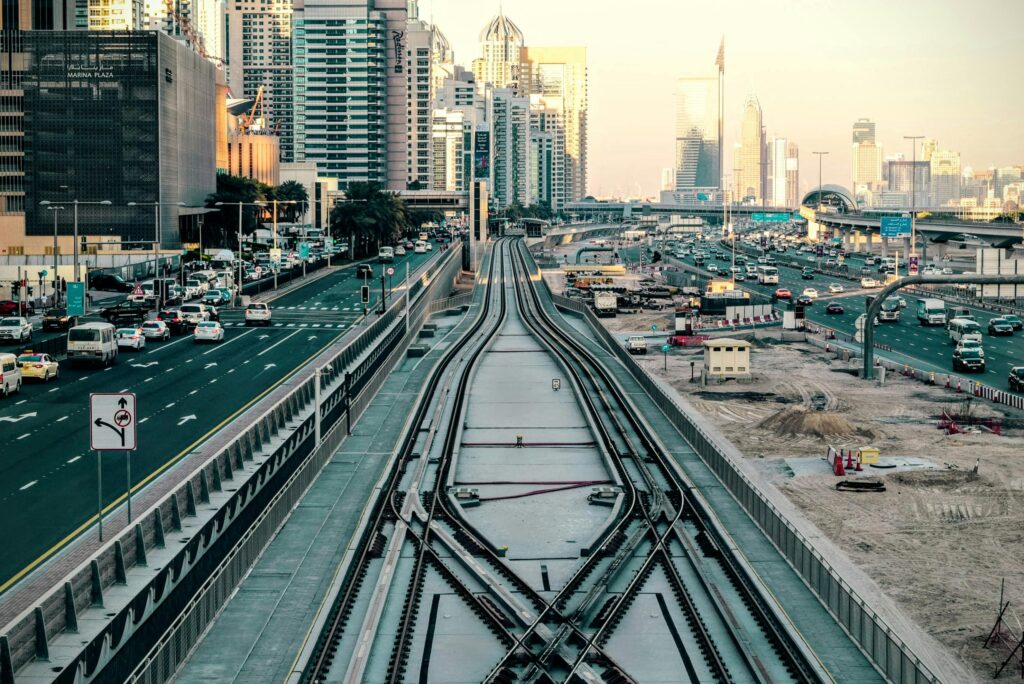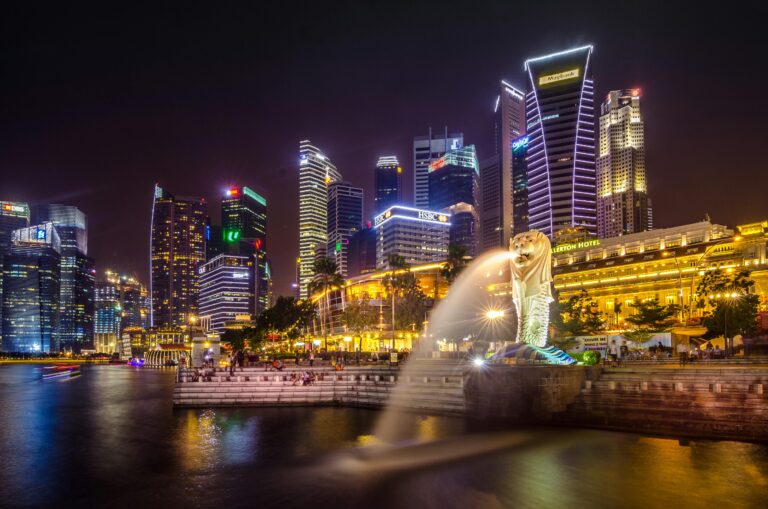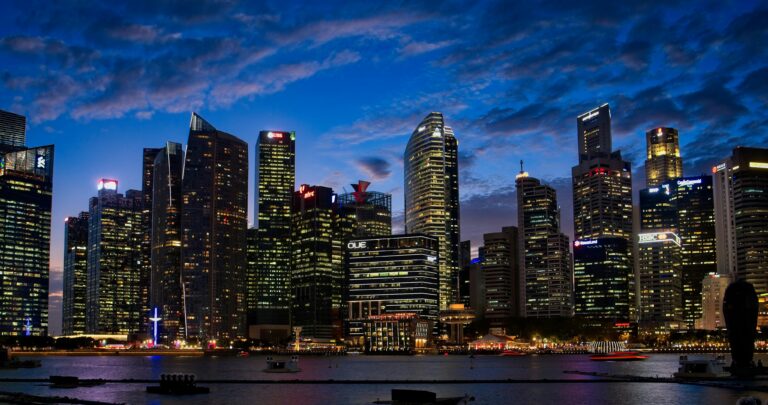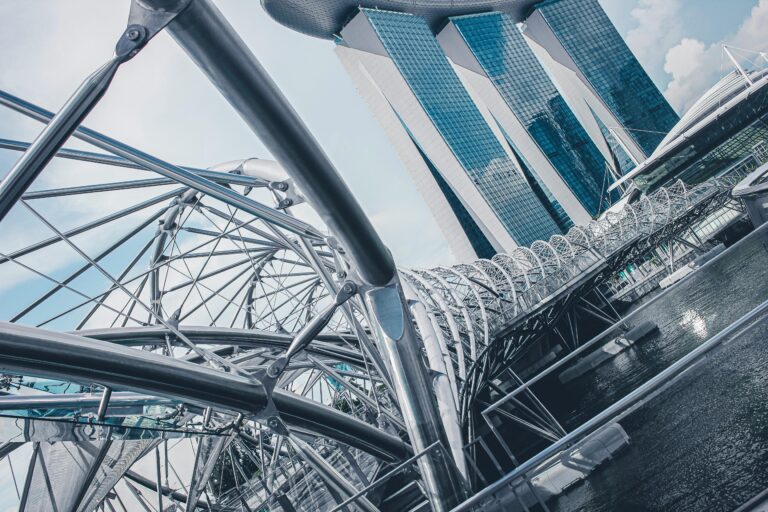
Singapore, known for its efficiency and innovation, boasts one of the world’s most advanced and comprehensive transportation systems. The city-state offers a variety of modes of transportation that cater to the needs of its residents and visitors. Here’s a closer look at the diverse ways of getting around in Singapore.
Read more Singapore road articles here: https://learntodrivesg.com/
1. Mass Rapid Transit (MRT)
The backbone of Singapore’s public transportation system is the Mass Rapid Transit (MRT). This extensive network of trains connects the city from end to end, providing fast, reliable, and affordable transit. The MRT system is known for its punctuality and cleanliness, making it a preferred choice for daily commuters. Key lines include the North-South, East-West, Circle, and Downtown lines, among others. Each station is equipped with amenities such as elevators, escalators, and clear signage, ensuring accessibility for all passengers.
2. Buses
Complementing the MRT is Singapore’s efficient bus network. Operated primarily by SBS Transit and SMRT Buses, the bus services cover almost every corner of the island. Buses in Singapore are known for their punctuality, air-conditioned comfort, and well-planned routes. They provide an essential link to areas not directly served by the MRT, making it easy to travel from residential areas to business districts, schools, and shopping centers. Additionally, the NightRider and Nite Owl services cater to late-night commuters.
3. Taxis and Ride-Hailing Services
For those seeking convenience, taxis and ride-hailing services like Grab and Gojek are widely available. Taxis in Singapore are known for their reliability, and they can be hailed on the street, booked via phone, or through apps. Ride-hailing services have become increasingly popular, offering competitive rates and the ease of booking through a smartphone. Both options provide a comfortable and direct way to reach your destination, especially when traveling with luggage or in a group.
4. Cycling
In recent years, cycling has gained popularity as a mode of transportation in Singapore. The government has invested in cycling infrastructure, including dedicated bike lanes and park connectors that link major parks and residential areas. Bike-sharing services like SG Bike and Anywheel have also made it easier for people to access bicycles for short trips. Cycling not only offers a healthy and environmentally friendly alternative but also allows for a scenic view of the city.
5. Walking
Given Singapore’s compact size and pedestrian-friendly infrastructure, walking is a viable option for short distances. The city is well-planned, with wide sidewalks, pedestrian crossings, and sheltered walkways that provide comfort even during tropical rain showers. Many areas, especially downtown, are designed to be walkable, with attractions, shopping malls, and dining options within easy reach.
6. Trishaws
For a touch of nostalgia, trishaws offer a unique way to explore certain parts of Singapore. While not a primary mode of transportation, trishaws are popular among tourists looking to experience a slice of Singapore’s history. These pedal-powered vehicles provide guided tours through historic districts like Chinatown and Little India, offering insights into the cultural heritage of the city.
7. Ferries and Boats
Singapore’s maritime heritage is still alive with its ferry and boat services. Ferries connect the main island to offshore islands such as Sentosa, Pulau Ubin, and the Southern Islands, offering a different perspective of the city from the water. River taxis along the Singapore River provide a scenic route through the heart of the city, passing iconic landmarks like Clarke Quay and Marina Bay Sands.
Innovations and Developments in Singapore
As a global hub of innovation and efficiency, Singapore is constantly evolving its transportation infrastructure to meet the needs of its growing population and to stay ahead in the realm of urban mobility. Here’s a look at some of the key trends and developments shaping the future of transportation in Singapore.
1. Autonomous Vehicles (AVs)
Singapore is at the forefront of autonomous vehicle (AV) technology. The government has been actively testing AVs in various parts of the city, aiming to integrate them into the public transportation system. Autonomous buses and taxis could significantly enhance mobility, especially for the elderly and disabled, and reduce traffic congestion. The use of AVs also promises to improve road safety by minimizing human errors.
2. Electric Vehicles (EVs)
With a strong focus on sustainability, Singapore is accelerating the adoption of electric vehicles (EVs). The government has announced plans to phase out internal combustion engine vehicles by 2040 and is investing in extensive EV charging infrastructure. Incentives such as rebates and tax reductions are being offered to encourage the purchase of EVs. The widespread use of EVs will reduce carbon emissions and contribute to a cleaner, greener city.
3. Integrated Mobility Services
The concept of Mobility-as-a-Service (MaaS) is gaining traction in Singapore. MaaS integrates various forms of transport services into a single accessible on-demand platform, providing users with seamless door-to-door travel experiences. By using a single app, commuters can plan, book, and pay for a journey that might include buses, trains, ride-sharing, and even bike rentals. This integrated approach aims to enhance convenience and efficiency in urban transportation.
4. Hyperloop and High-Speed Rail
While still in the conceptual phase, the idea of a Hyperloop system has generated interest in Singapore. Hyperloop technology, which involves high-speed trains traveling in vacuum tubes, could drastically reduce travel times between cities. Additionally, the proposed high-speed rail link between Singapore and Kuala Lumpur, although currently on hold, reflects the city-state’s interest in regional connectivity and faster intercity travel.
5. Urban Aerial Mobility
Urban aerial mobility, including the use of drones and flying taxis, is another exciting frontier. Companies like Volocopter have already conducted test flights in Singapore, demonstrating the potential for aerial taxis to ease ground traffic congestion. The Civil Aviation Authority of Singapore (CAAS) is actively exploring the regulatory framework needed to support such innovations.
6. Smart Traffic Management
Leveraging the power of data analytics and artificial intelligence, Singapore is enhancing its smart traffic management systems. These systems optimize traffic flow by monitoring real-time traffic conditions and adjusting traffic signals accordingly. The use of smart sensors and IoT devices helps to predict and manage traffic congestion, improving overall road efficiency and safety.
7. Expanded Public Transport Network
Singapore continues to expand its public transportation network with new MRT lines and extensions. The Thomson-East Coast Line (TEL) is a recent addition that will improve connectivity across the island. Future lines such as the Cross Island Line (CRL) and the Jurong Region Line (JRL) are also in the pipeline, aimed at reducing travel times and supporting new growth areas.
8. Sustainable Urban Mobility
Sustainability remains a key focus, with initiatives to promote walking, cycling, and the use of public transport. Car-lite urban planning is being adopted, where cities are designed to prioritize pedestrians and cyclists over cars. Green corridors and park connectors are being expanded, encouraging residents to choose active and eco-friendly modes of transportation.
Conclusion
Singapore’s transportation system is a testament to the city-state’s commitment to efficiency, accessibility, and innovation. Whether you prefer the speed of the MRT, the convenience of taxis, or the charm of trishaws, there’s a mode of transportation to suit every need. As Singapore continues to grow and evolve, its transportation network is poised to remain a model of excellence for cities around the world.






